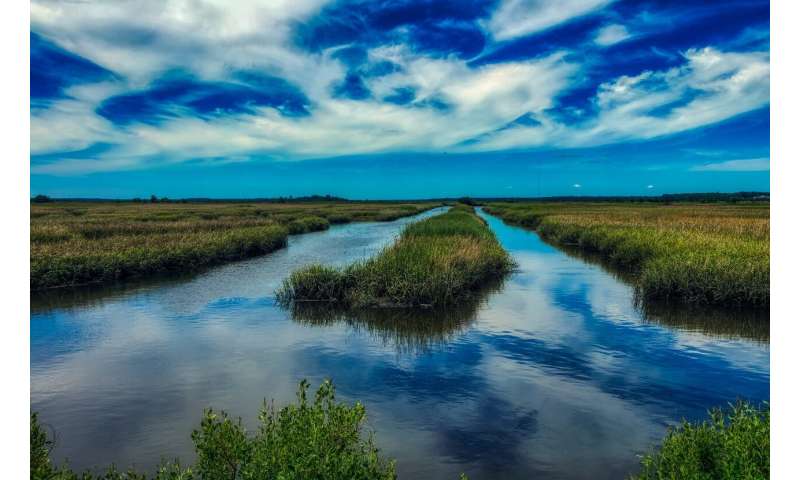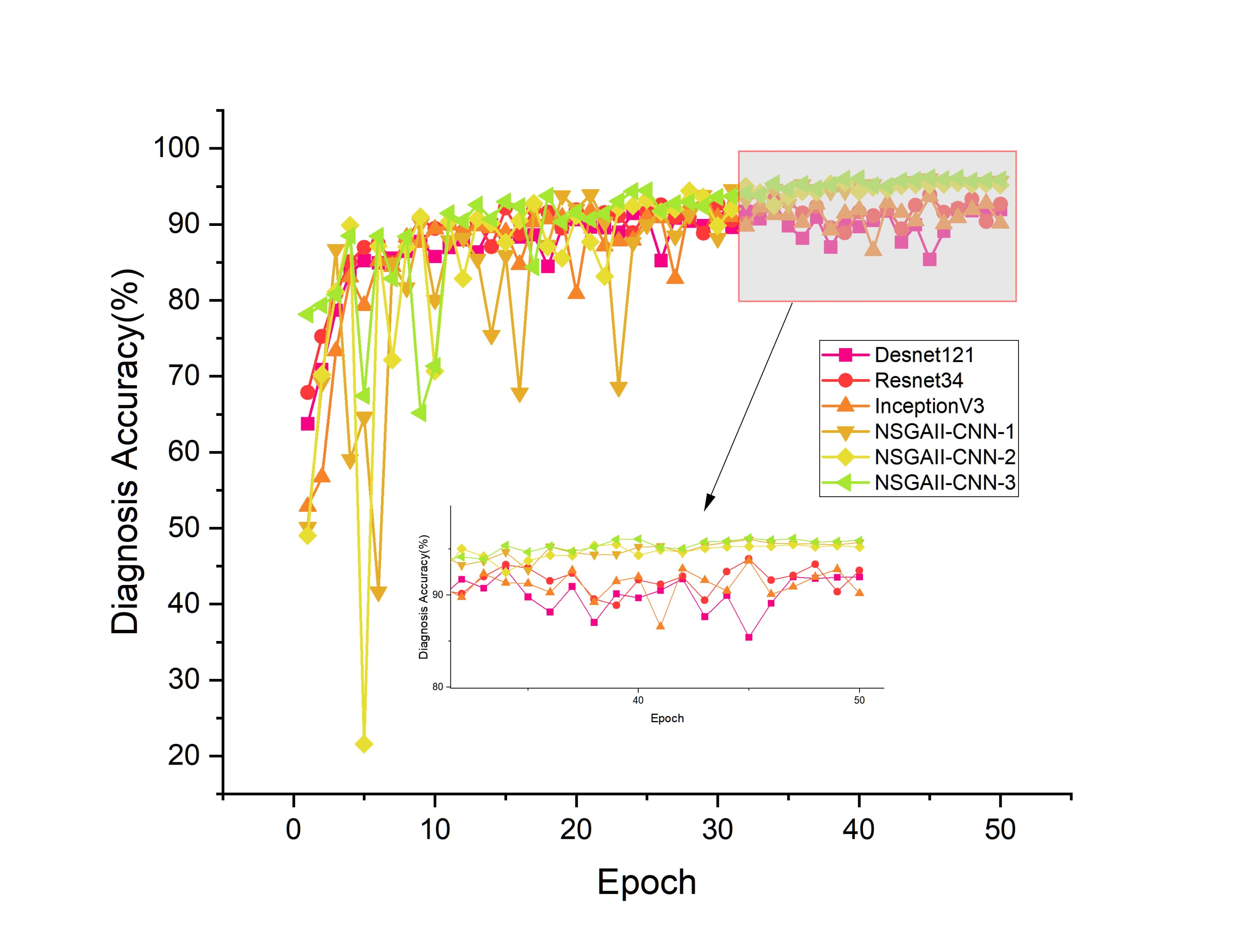#Environment drivers of ecological complexity in marine intertidal communities
“#Environment drivers of ecological complexity in marine intertidal communities”

Environmental conditions such as sea surface temperature and the occurrence of cold water upwelling events drive the structure of interaction networks in marine intertidal communities via their effects on species richness, according to new research.
In a paper published by Ecology, Swansea University’s Dr. Miguel Lurgi paired up with researchers from the Coastal Marine Research station in Chile, who compiled data of species composition and three types of ecological interactions occurring between species in rocky intertidal communities across 970km of shoreline of the South American Pacific coast. They analyzed the environmental drivers of the structure of networks of ecological interactions between species in marine intertidal communities.
The team calculated a suite of properties across networks of different ecological interaction types: trophic, competitive, and positive (e.g. mutualistic). Using these network properties, they then investigated potential environmental drivers of this multivariate network organization. These included variation in sea surface temperature and coastal upwelling, the main drivers of productivity in nearshore waters.
Their results suggest that structural properties of multiplex ecological networks are affected by the number of species in the community and modulated by abiotic factors influencing productivity and environmental predictability, such as cold water upwelling events and long-term averages of sea surface temperature.
These effects are stronger on non-trophic negative ecological interactions, such as competition for space among organisms, than on the ecological relationships between consumers and their resources.
These findings highlight the need for a more complete understanding of the geographical variability of ecological interactions and the networks they form if researchers aim to predict the potential effects of environmental changes on ecological communities.
Dr. Miguel Lurgi, a lecturer in biosciences at Swansea University and an author of the research said:
“It is quite exciting that for the first time we get a complete picture of the environmental drivers of the organization of multiplex ecological networks in marine intertidal communities. Furthermore, our work highlights the directionality of these changes.
“This information is very valuable to predict the effects of environmental change on the organization of natural communities.”
More information:
Miguel Lurgi et al, Geographical variation of multiplex ecological networks in marine intertidal communities, Ecology (2020). DOI: 10.1002/ecy.3165
Environment drivers of ecological complexity in marine intertidal communities (2020, August 17)
retrieved 17 August 2020
from https://phys.org/news/2020-08-environment-drivers-ecological-complexity-marine.html
This document is subject to copyright. Apart from any fair dealing for the purpose of private study or research, no
part may be reproduced without the written permission. The content is provided for information purposes only.
If you want to read more Like this articles, you can visit our Science category.
if you want to watch Movies or Tv Shows go to Dizi.BuradaBiliyorum.Com for forums sites go to Forum.BuradaBiliyorum.Com

